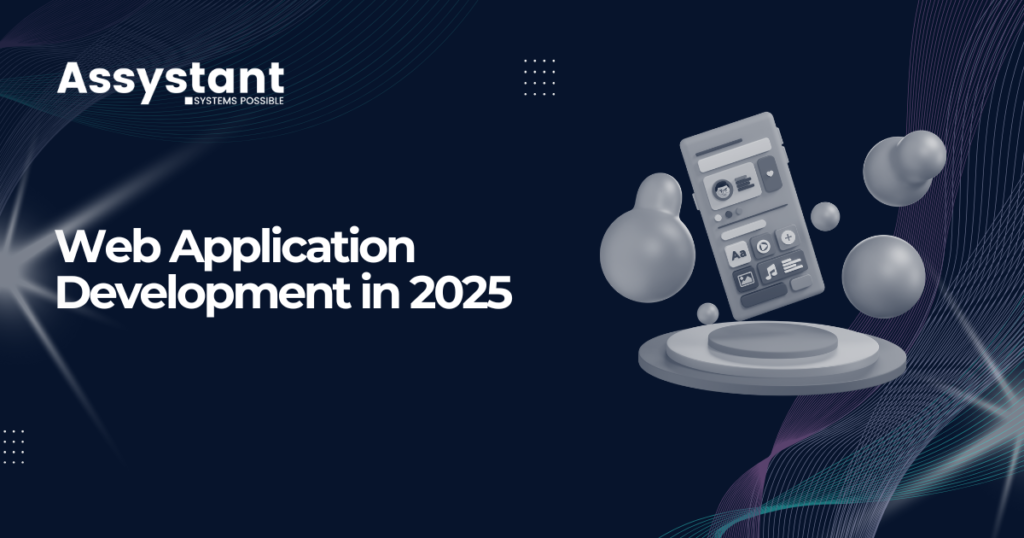Human-centered design in software refers to the approach of designing and developing software applications, interfaces, and experiences that prioritize the needs, behaviors, and preferences of end users. It involves understanding the users’ goals, tasks, and challenges, and designing solutions that are intuitive, efficient, and enjoyable to use. Hence, Here are key steps to creating a human-centric design in software.
-
User Research:
-
User Personas:
-
User Journey Mapping:
-
Usability Testing:
-
Iterative Design:
-
Visual Design:
-
Accessibility:
-
Continuous User Feedback:
-
Collaboration and Multidisciplinary Approach:



